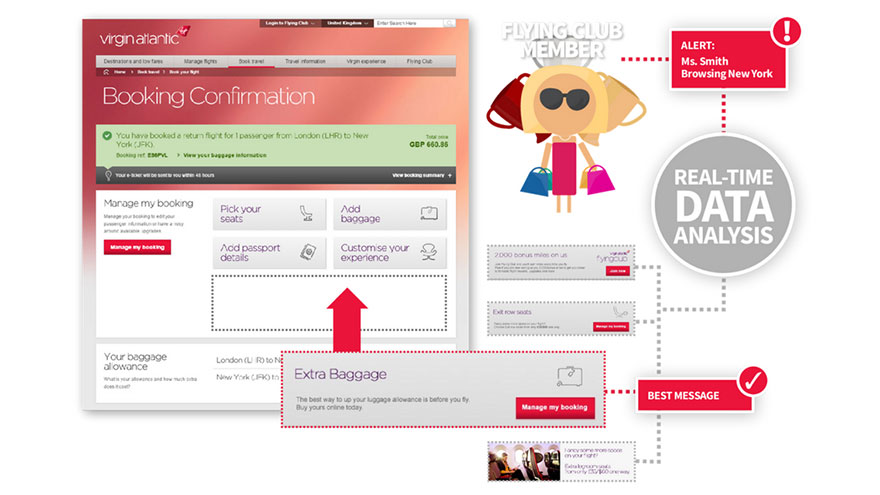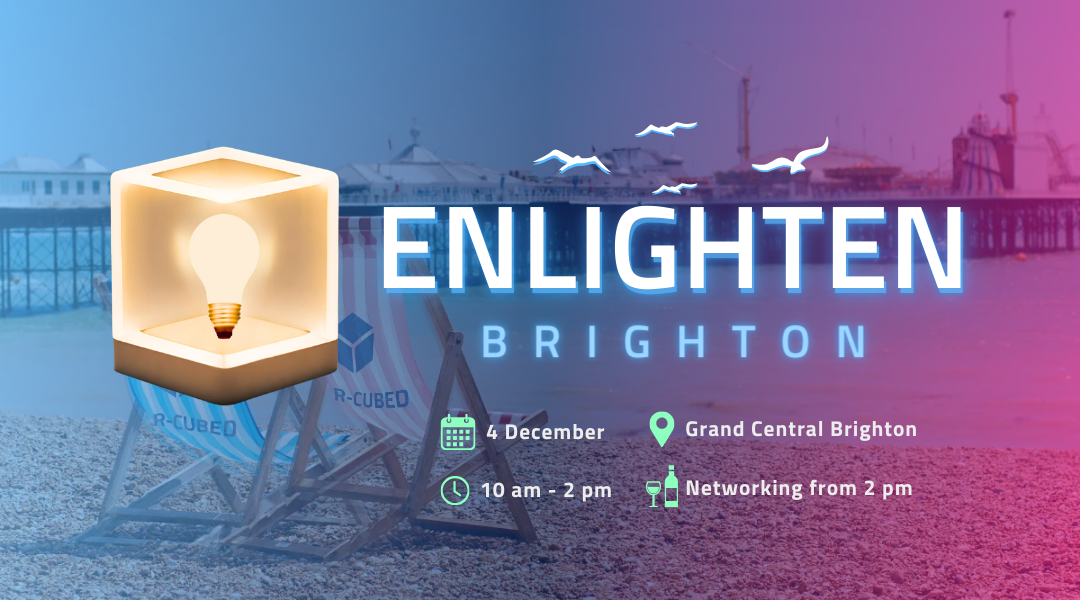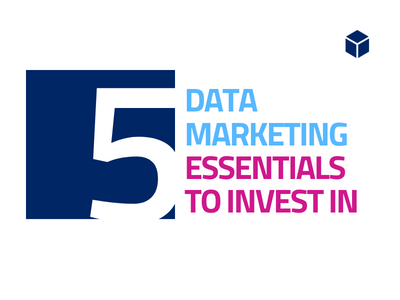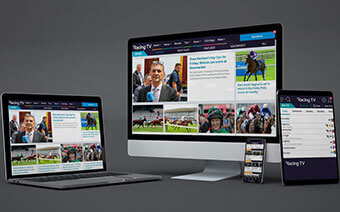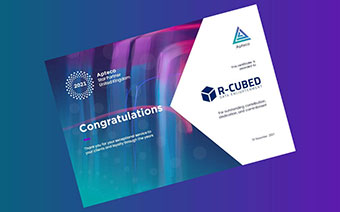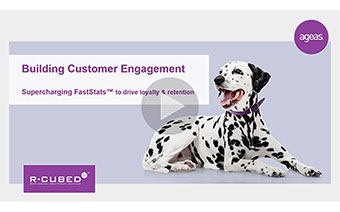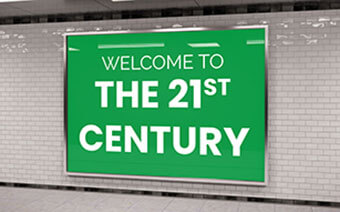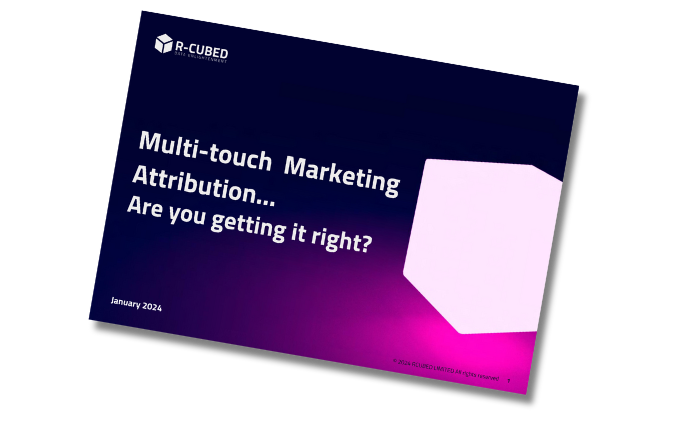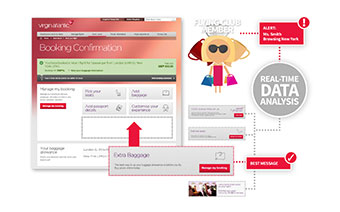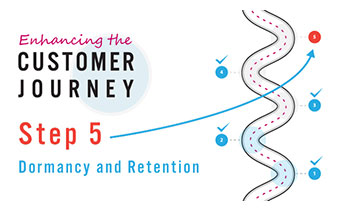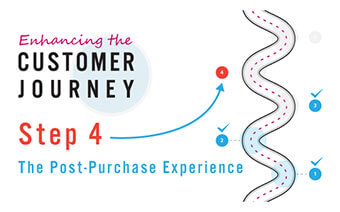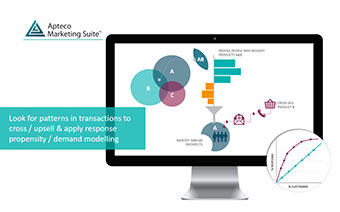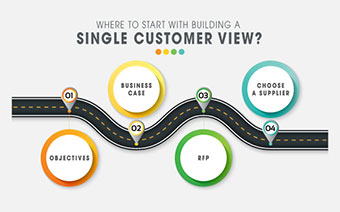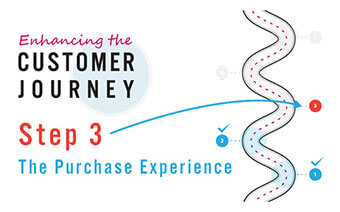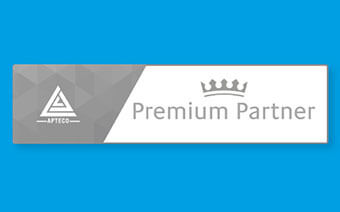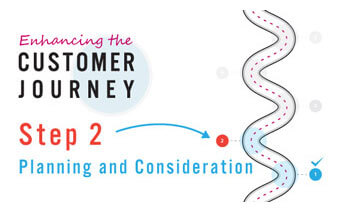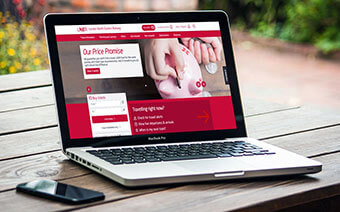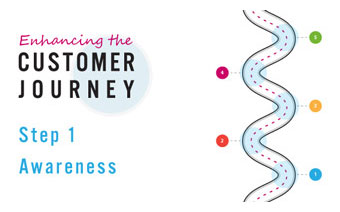Everyone knows the importance of targeted marketing. Right message, right person, right time. The perceived wisdom is that the more personalised your message, the better the results.
But are we all over-doing it? After all, it would be much easier if you could just segment your customers into a few distinct groups. Wouldn’t the savings in cost and resources outweigh any loss in sales?
So this month, we ask – just how personalised should your marketing be?
Same time, same place, same product – same customers?
Let’s take a look at the travel industry. Millions of us go on holiday every year, with many of us looking for a similar experience.
For example, in July 2018, 2.2 million British travellers made their way to Spain. A significant proportion – if not the majority – would be families getting away during the school holidays. So that’s a lot of people who’ll be enjoying the same experience, in the same hotel at the same time.
Do you really need personalised marketing if you can fill a hotel with families all looking to stay for the same two weeks in the same location?
Well yes. Because it’s not just about the product that your customers end up buying, but the journey that they take to get there.
Let’s look at some of the factors involved in that purchase journey.
How do your customers make their buying decision?
Even if all your customers end up with the same product – such as lying by the same swimming pool in Spain for the same two weeks in July – they’ll have gone through a different buying process to get there. So the marketing cost to get their sale could vary dramatically.
Consider the issue of awareness, for example. How do your customers research their purchase? You need to use the right mix of channels to get your products in front of them. Different media mixes will drive awareness for different customer segments, so if you just stick to one or two channels, you’ll be missing out on potential sales.
To fine tune your awareness strategy, you need a robust and accurate attribution model. By tracking individual paths, you identify the awareness, consideration and conversion media for each individual customer.
Once you’re delivering strategies based on your accurate attribution, you’ll know that you’re appealing to all your high value customers individually – not just a narrow tranche of them.
Also, using this level of insight can easily identify wasted marketing spend. Our clients have been able to optimise their media from understanding which media attracts (or does not attract) which customers. The results include a 9% saving on PPC spend and a 25% saving on Display advertising for the same benefit.
Pricing
Most of us will know that the person on the sunbed next to us may have paid more – or more annoyingly, less – than we did for the same holiday.
Pricing for many industry sectors is variable – whether driven by time of purchase, demand, promotions or customer sensitivity. If you’re going to secure every last sale and make a profitable return, you need to make sure you’re selling at the right price to every customer.
Use your customer data to understand what drives sales for every customer. When it comes to holidays, some will pay top dollar to secure a specific holiday. Others will be more flexible in their requirements, but will expect a lower price in return.
You’ll see patterns in your data, whether you’re selling holidays, cars or fashion. Use your customer data to analyse prospects and understand what will turn them into a profitable customer, whether that be a premium experience, an exclusive discount or a limited time offer.
Upgrades and extras
It’s one thing to sell a generic product to a customer, but the real value can come from understanding where there are opportunities for cross-selling and upselling.
We helped Virgin Atlantic increase their sales of extras and add-ons to their customers by personalising their website for every visitor. We used their existing customer data to determine whether they might buy extra leg-room, extra luggage and so on.
The result of showing the most appropriate extras to each customer? An increase of 11% in the sales of extras. You can see the case study here.
So use your data to target extras relevant to the individual, whether that’s warranties, complementary products, upgrades or a glass of champagne on board. It personalises the experience for the customer and it increases your sales.
Who’s the real customer?
Another consideration is who the end user of your product is. If your product is often bought as a gift, or on behalf of others, then you have an extra layer of targeting to consider and the normal rules may not apply.
Two customers may look similar and buy the same product – but if one is buying on behalf of a third party, your sales messages may need to be very different.
If you’re using one-size-fits-all messaging, you’re going to alienate certain customer groups. To take a travel example, a hotel can quite easily be promoted as offering family-friendly accommodation, children’s swimming pools and kids clubs, whilst also being conveniently located for great nightlife, bars and clubs. But promoting both simultaneously could end up deterring both families and single party-goers.
So not only do you need to consider customer preferences, but also the content of your communications.
Use your data to understand what people are buying. Does it all fit with their profile? Or are there purchases which stand out from the norm?
One of our leisure clients saw a 38% increase in repeat purchase rates just through personalising the content of emails.
But isn’t 1-2-1 marketing expensive and time-consuming?
It doesn’t have to be. There are plenty of tools and software out there that let you automate your marketing, triggering messages to the right person at the right time.
At R-cubed, we go one step further and enable real-time triggered marketing. This means you use not only all the data in your Single Customer View to personalise your communications, but up-to-the-minute data on what your customers are doing right now. If they’re browsing your website, you can send an email, make a call or personalise what they’re seeing in the same instant.
So when your regular Spanish holiday buyer comes back to your website, you can ditch the long haul flights to Bangkok and show them a selection of holidays in the sun that will appeal to both their tastes and budget.
It’s that level of personalisation and targeting that can transform your marketing performance.

